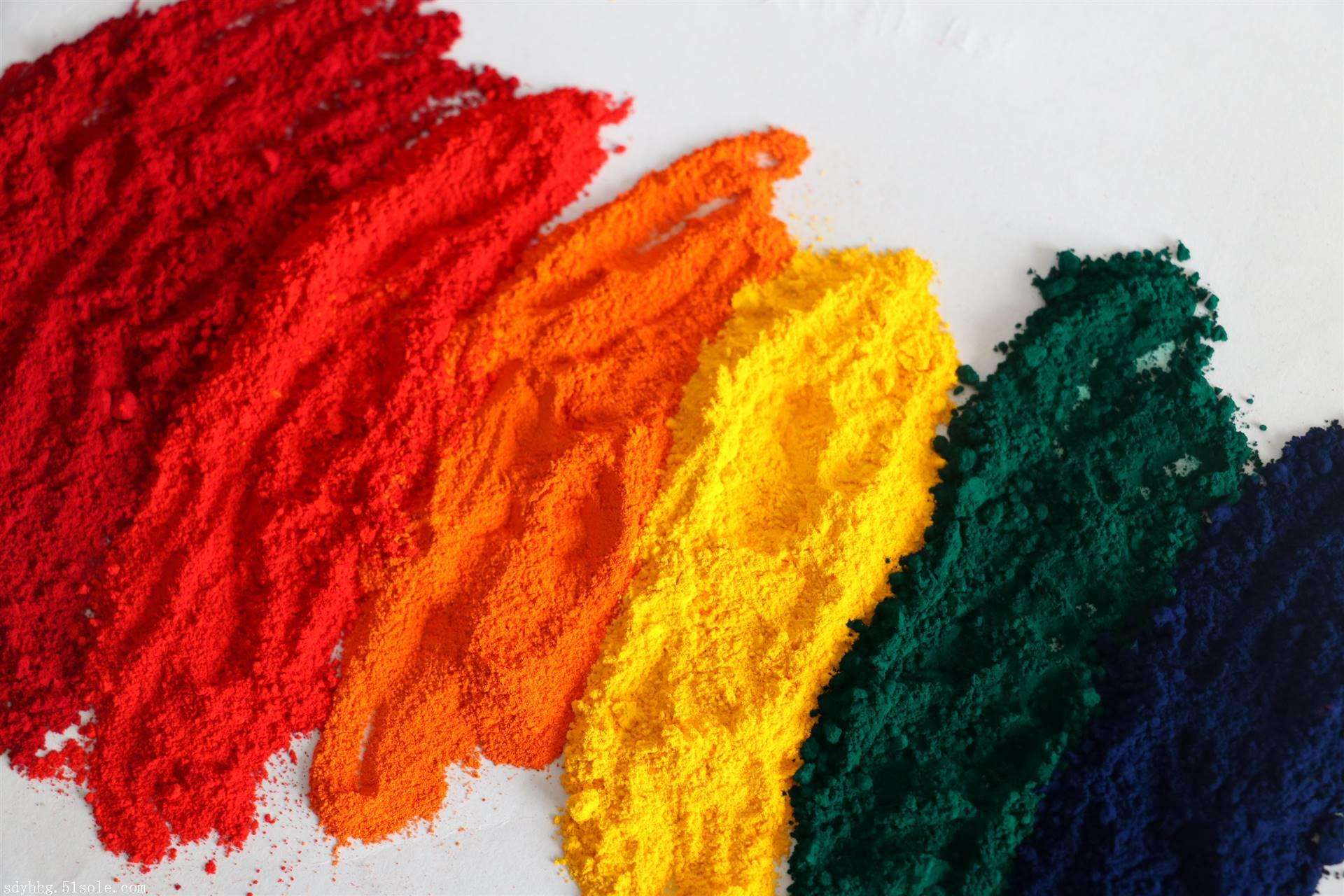


Color filter (CF, COLOR FILTER) is one of the most important components of a color liquid crystal display, which directly determines the quality of the color image of the display. The rapid growth of LCD displays is supported by the strong demand for flat-panel color displays from notebooks (PCs, Personal Computers). The portable characteristics of the LCD, such as small outline size, thinness, lightness, high definition, and low power consumption, greatly meet the needs of notebook PCs. It is believed that in the multimedia age, TFT-LCD will have a huge advantage. Color filters are the key elements that make up a color image.
The color of the color filter may be dyed with a water-soluble dye, or a pigment dispersion method in which a pigment is colored. The pigment dispersion method includes the use of UV-curable phtoresists: colored pigments, UV-curable carrier resins, photo initiators, organic solvents, dispersants and other ingredients, among which organic pigments are colored The requirements for coloring properties of the agent, such as high vividness, specific primary color (RGB), three spectral hue, durability, chemical resistance and high transparency, etc., are mainly the selection of high-grade organic pigments through efficient dispersion Treatment process to obtain a pigment dispersion with a fine and stable particle size, and to prepare photoresist inks for color filters. Compared with the dyeing method, it has excellent moisture resistance, light fastness, and heat stability, but the pigment dispersion must be further improved Technology to prepare color filters with high transparency and pigment purity.
The color filter in the liquid crystal display adopts the principle of additive method, and uses blue, green and red organic pigments. Based on the spectral color and durability requirements of colorants, pigments for blue and green color photoresist inks are usually selected: phthalocyanine CI pigment blue 15: 1, pigment blue 15 :0, pigment blue 15: 3, Pigment Blue 15: 4, Pigment Blue 15: 6, and anthraquinone-based pigments such as CI Pigment Blue 60 and the like. Green tone C.I. Pigment Green 36.
In particular, the spectral absorption characteristics of CI Pigment Blue 15: 6 and CI Pigment Green 36 are well matched with the wavelengths and emission intensities of the blue, green, and red fluorescence emission spectra (fluorescence lamp for LCD backlight) in liquid crystal displays. In order to further improve the spectral characteristics, it is possible to adjust by adding a small amount of pigments of other colors, such as adding CI Pigment Violet 23 to obtain a stronger red light blue, and adding CI Pigment Yellow 150 to obtain a stronger yellow light green.
The selection of pigments should be based on obtaining a high-definition spectrum, eliminating unnecessary wavelength spectra, and retaining only the necessary color light. Selecting the organic pigment varieties required by the appendix, the color light purity and transmittance of the color filter can also be improved.
In order to adjust the spectral characteristics of the color filter, such as hue, tinting strength and contrast, for red, green and blue spectrum pigments, a second pigment component is often added to fight the color. For example, select some yellow with excellent durability, Purple organic pigment varieties, CI Pigment Yellow 138, CI Pigment Yellow 139, CI Pigment Yellow 150, CI Pigment Yellow 180, CI Pigment Purple 23 and other varieties.
Recommended organic pigments of three primary colors of red, blue and green are as follows:
Red organic pigments: The main varieties are high-grade organic pigments such as: C.I. Pigment Red 122, C.I. Pigment Red 177, C.I. Pigment Red 242, C.I. Pigment Red 254, and specific yellow organic pigment varieties are added if necessary.
Green organic pigments: C.I. Pigment Green 7, C.I. Pigment Green 36 is mainly selected, and specific yellow organic pigment varieties are matched, and specific yellow organic pigment varieties are added if necessary.
Blue organic pigments: C.I.Pigment Blue 5, C.I.Pigment Blue 15: 3, C.I.Pigment Blue 15: 6, C.I.Pigment Blue 60, etc., if necessary, specific yellow pigments and pigment violet 23.
